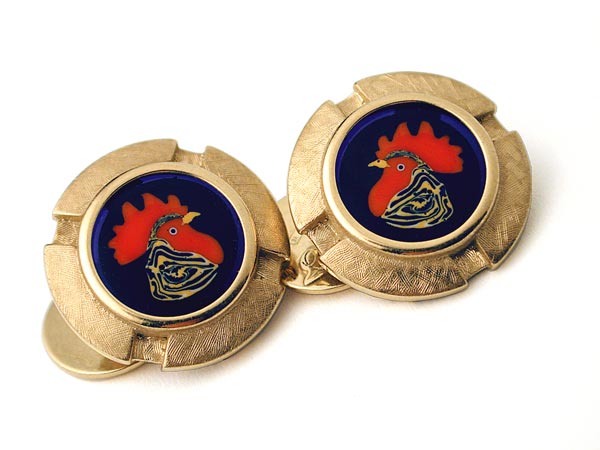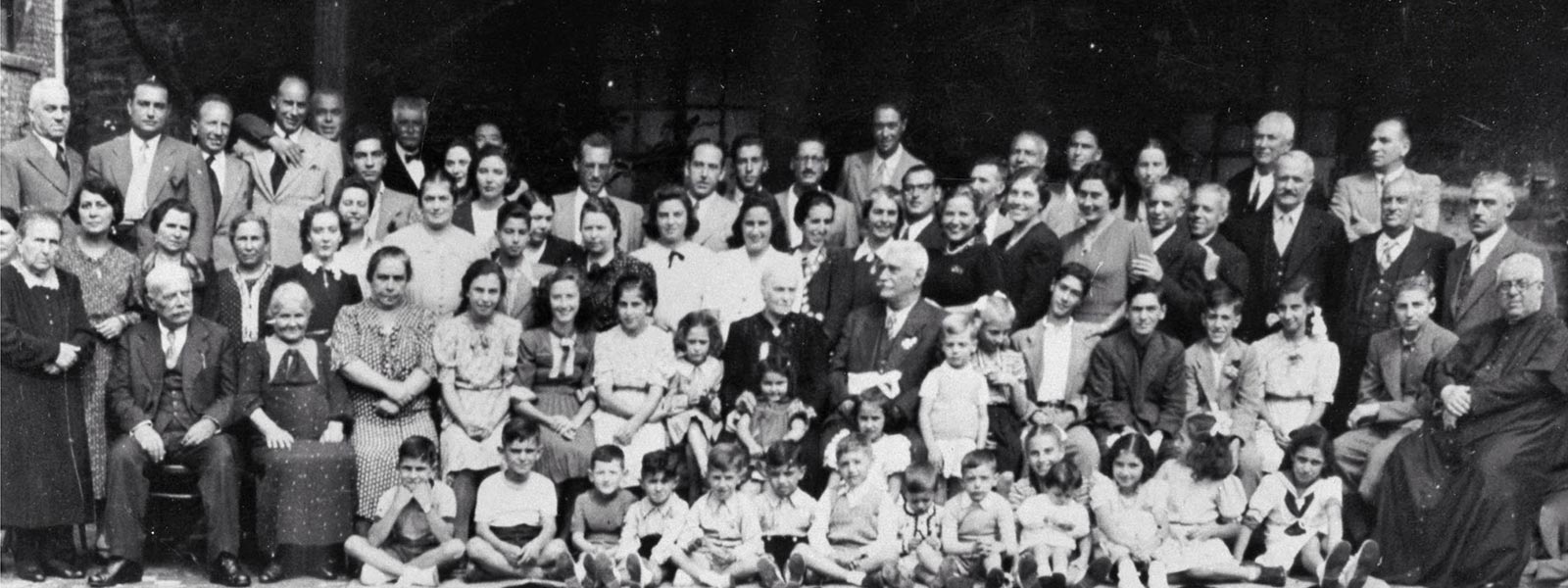
The History of the Moretti Family
Late XIX century glass-making on Murano found one of its best prepared and most sensitive exponents in Vincenzo Moretti (1835-1901). In fact it is thanks to him – as designer-craftsman in Antonio Salvati’s Compagnia di Venezia e Murano – that murrino glass was introduced onto the island, adopting the same procedures that had once been used in Alexandrian and Roman times.
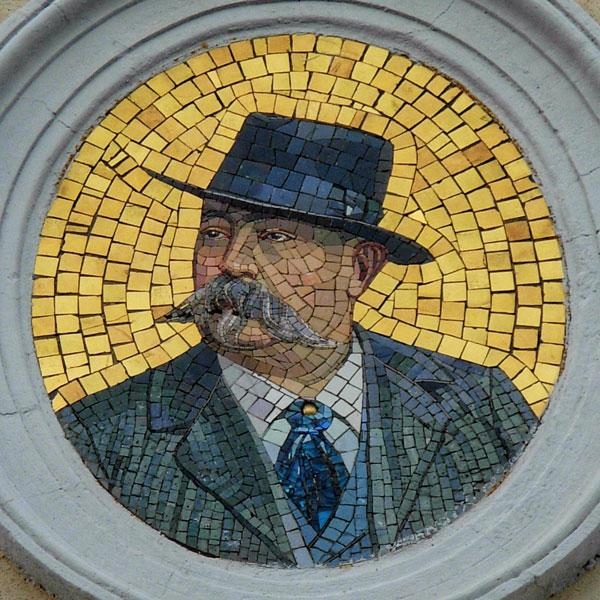
Gold medal winner at the second Murano glass exhibition in 1869, Moretti glass was to reach its moment of glory in 1878 during the Paris World Fair where the pieces of glass by this skilled craftsman were described as “the most beautiful gems in Italian artisan art”
The Flowers of
Vincenzo Moretti

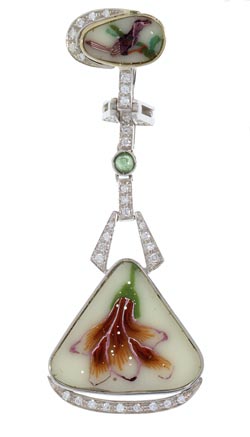
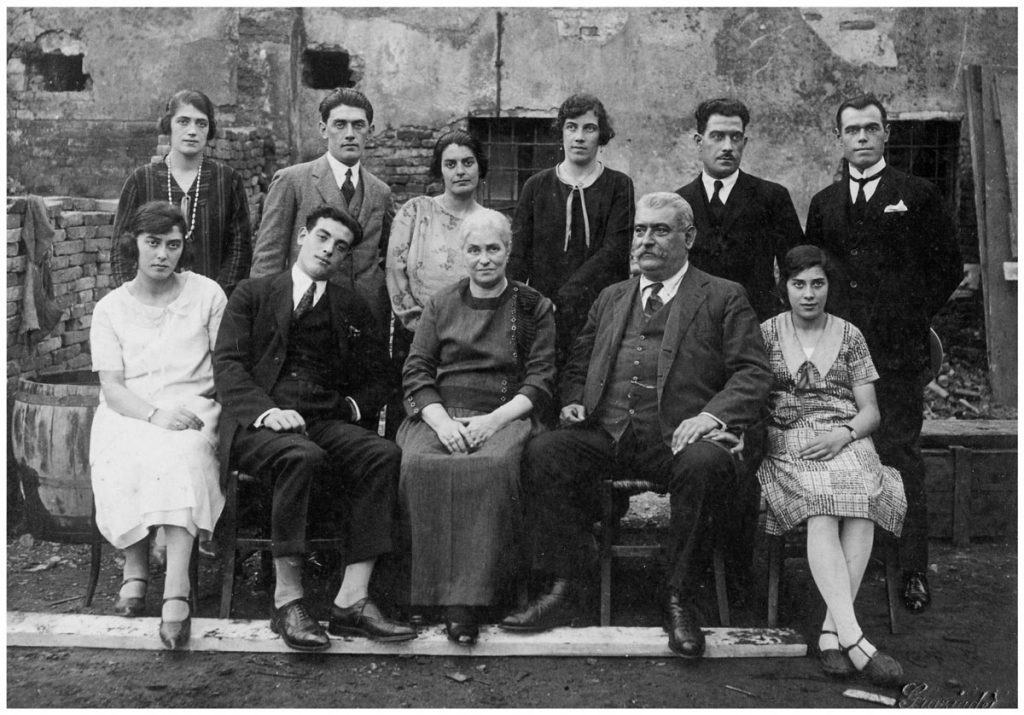
These were years of great ferment on the island, recently freed from the Austro-Hungarian pressures which had reduced the lamp-work production in favour of the more famed Bohemian glass. The movement to recuperate the ancient techniques, stimulated by a sort of artistic revenge (which, together with Antonio Salvati, was to have another protagonist on the island of Murano in Abbot Vincenzo Zanetti who coined the definition of murrino glass, borrowed from Pliny the Elder’s Naturalis Historia), was to culminate in the production of some wonderful murrina portraits which, not by chance, were on a patriotic theme: together with his son Luigi (1867-1946), who went on to continue his work
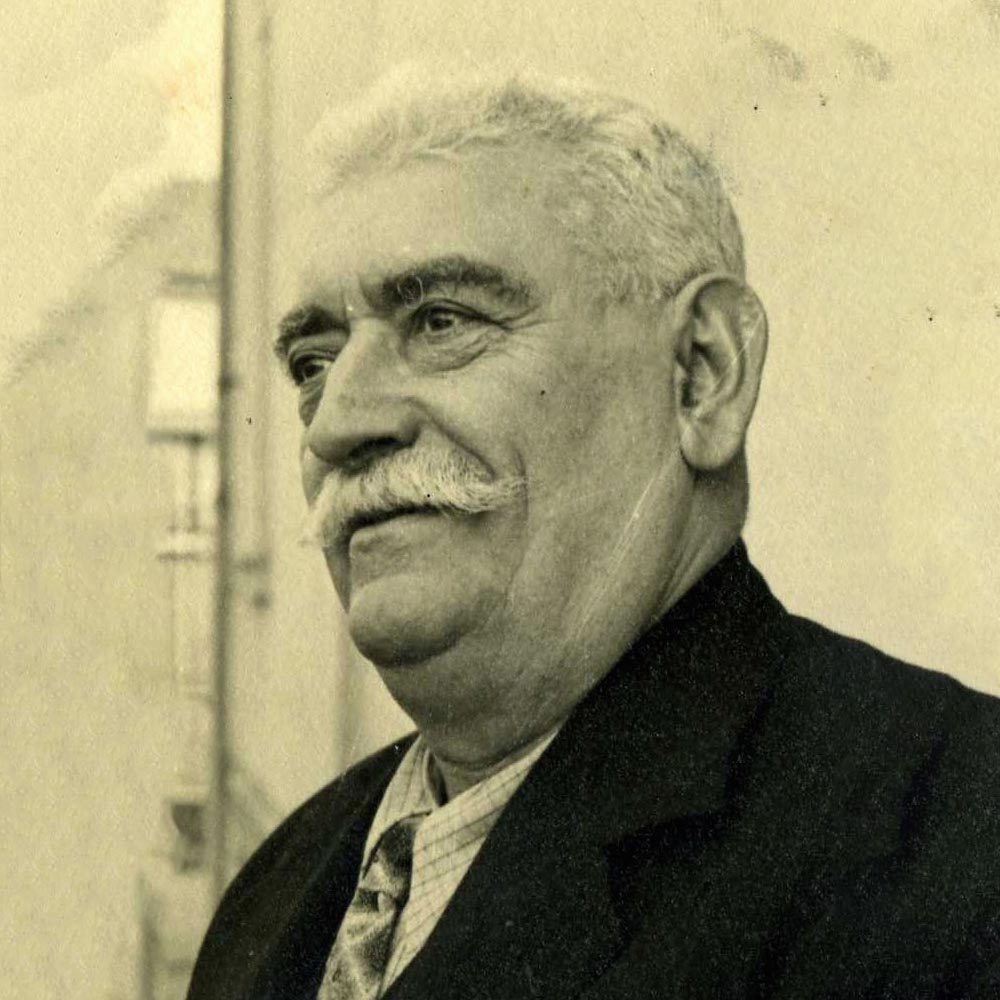
They first produced some geometric patterns, flowers and birds, before creating not only King Vittorio Emanuele II, King Umberto I, Giuseppe Garibaldi, Emperor Francis Joseph and William of Prussia, but also a self portrait, the Madonna, Pope Leo XIII and Christopher Columbus, created for the fourth centenary of the discovery of America.
The Portraits of
Luigi Moretti
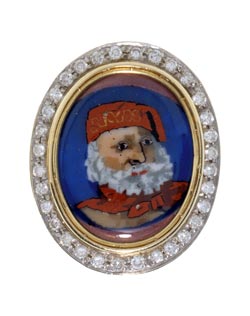
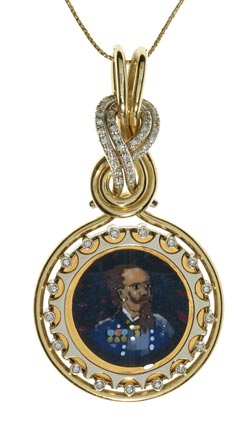
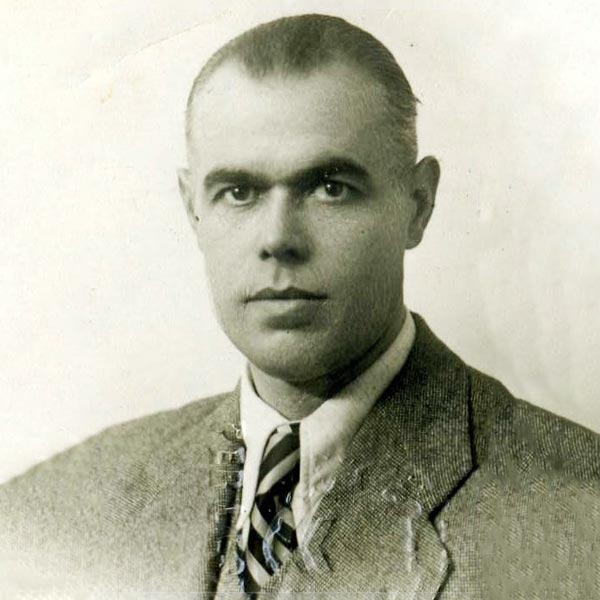
The fact that the artistic murrine, over and above the firm’s output (Luigi Moretti, together with his father and his brothers Vittorio and Cesare, founded”Moretti Luigi & Bros.” in 1900), are a real family passion, also becomes clear with Ulderico (1892-1956) who, after the Municipality of Murano was annexed to that of Venice (on 31 December 1923), demonstrated his dissent as an artist (he successfully took part – winning prizes – in several Biennali between the ’20’s and ’30’s) by immortalizing the island’s symbol – the cockeral – within a series of murrine which he even set in the Venetian-style floor of his house.
The Roosters of
Ulderico Moretti
